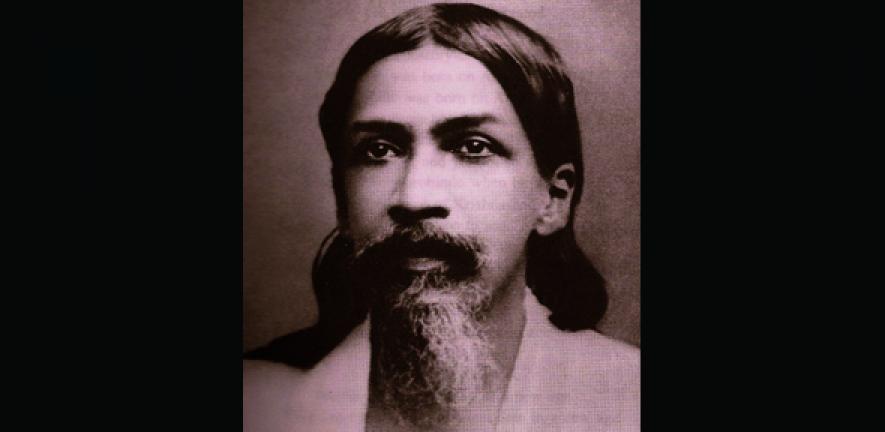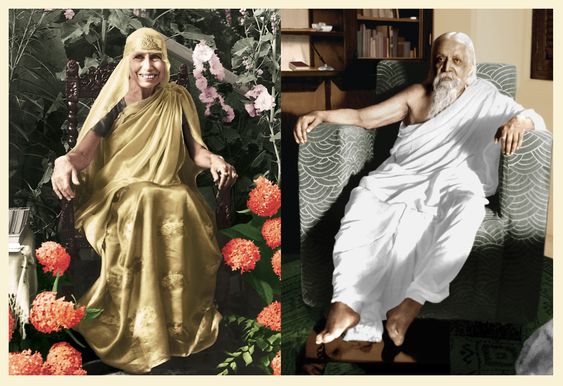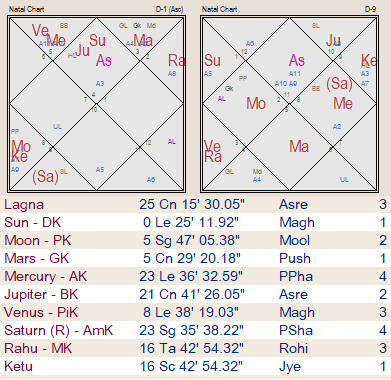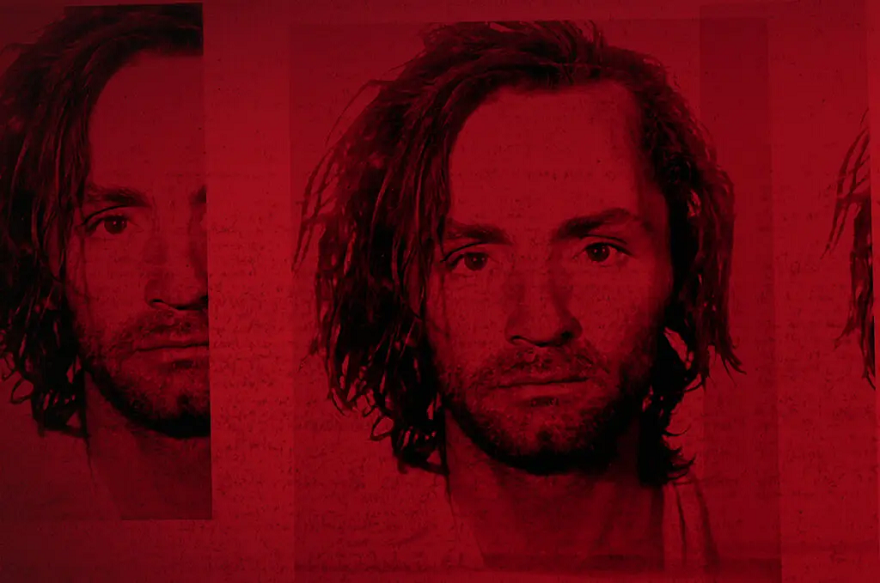
Sri Aurobindo (born Aurobindo Ghose; 15 August 1872 – 5 December 1950) was an Indian philosopher, yogi, poet, and Indian nationalist. He was also a journalist, editing newspapers such as Vande Mataram. Aurobindo Ghose was born in Kolkata in a Bengali Kayastha family in the village of Konnagar in the Hooghly district of West Bengal. His father, Krishna Dhun Ghose, was civil surgeon of Khulna, and a former member of the Brahmo Samaj. His mother Swarnalata Devi’s father Shri Rajnarayan Bose was a leading figure in the Samaj.
Young Aurobindo was brought up speaking English, as his father believed British culture to be superior. Father wanted him to join Indian Civil Service (ICS) hence entire family moved to England in 1879. Young Aurobindo and his brothers were placed in the care of the Reverend W. H. Drewett in Manchester. Drewett was a minister of the Congregational Church whom Krishna Dhun Ghose knew through his British friends at Rangpur. He was taught history, Latin, French, geography and arithmetic by Drewett and his wife. This was a prerequisite for admission to good English schools. In 1884 Aurobindo and Manmohan joined St Paul’s School. He learned Greek and spent the last three years reading literature and English poetry, while he also acquired some familiarity with the German and Italian languages. Aurobindo’s highly Anglicised, elite education had left him estranged from his roots. On his return to India in 1893, he had to ‘re-learn his identity’ through classical Hindu texts. See full bio at wiki
He joined the Indian movement for independence from British colonial rule, until 1910 was one of its influential leaders, and then became a spiritual reformer, yogi and philosopher. In Pondicherry, Sri Aurobindo dedicated himself to his spiritual and philosophical pursuits. In 1914, after four years of secluded yoga, he started a monthly philosophical magazine called Arya. this ceased publication in 1921. Many years later, he revised some of these works before they were published in book form. Some of the book series derived out of this publication was The Life Divine, The Synthesis of Yoga, Essays on The Gita, The Secret of The Veda, Hymns to the Mystic Fire, The Upanishads, The Renaissance in India, War and Self-determination, The Human Cycle, The Ideal of Human Unity and The Future Poetry were published in this magazine. At the beginning of his stay at Pondicherry, there were few followers, but with time their numbers grew, resulting in the formation of the Sri Aurobindo Ashram in 1926.[ From 1926 he started to sign himself as Sri Aurobindo. He did voluminous correspondence with his disciples which was later published in three volumes of Letters on Yoga.

Sri Aurobindo considered her his spiritual equal and collaborator.
in late 1930s, he resumed work on a poem he had started earlier—he continued to expand and revise this poem for the rest of his life. It became perhaps his greatest literary achievement, Savitri, an epic spiritual poem. Sri Aurobindo was nominated twice for the Nobel prize in 1943 for the Nobel award in Literature and in 1950 for the Nobel award in Peace, but he was not awarded.
Sri Aurobindo died on 5 December 1950, of uremia. Around 60,000 people attended to see his body resting peacefully. Indian Prime Minister Jawaharlal Nehru, and the President Rajendra Prasad praised him for his contribution to Yogic philosophy and the independence movement.
Key philosophical concepts -Integral yoga, Evolutionism, Intermediate zone , Supermind (largely influenced by Friedrich Nietzsche )
Birth Chart of Shri Aurobindo –












